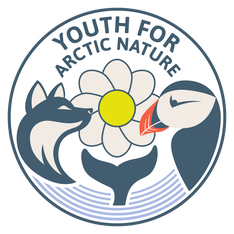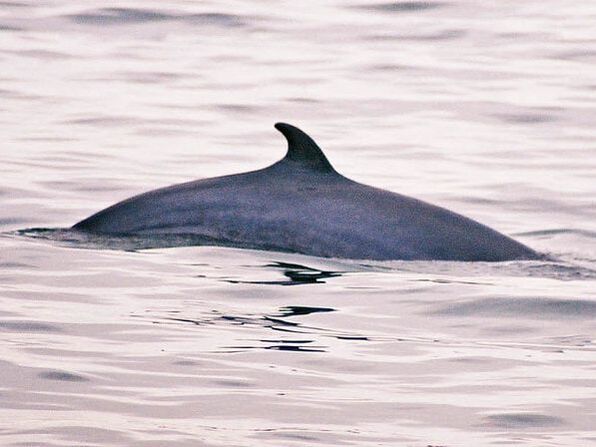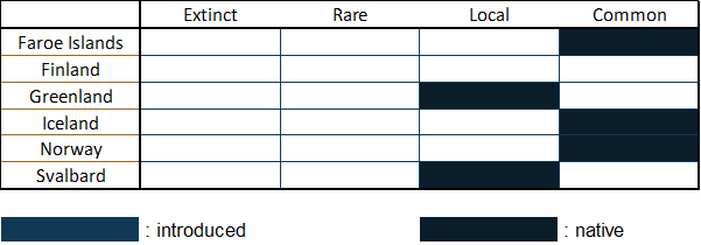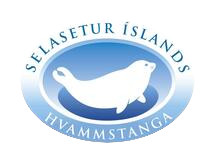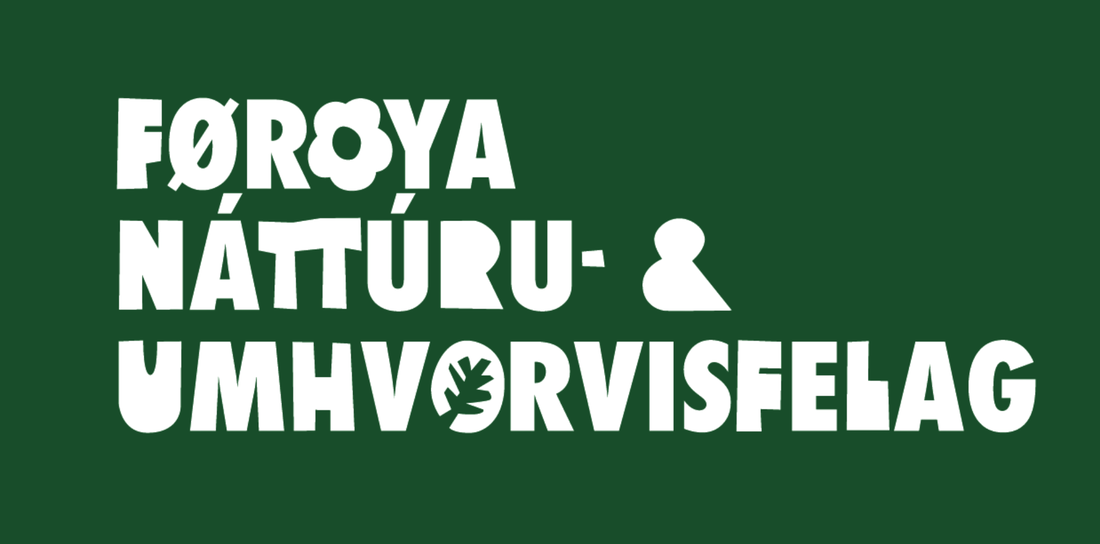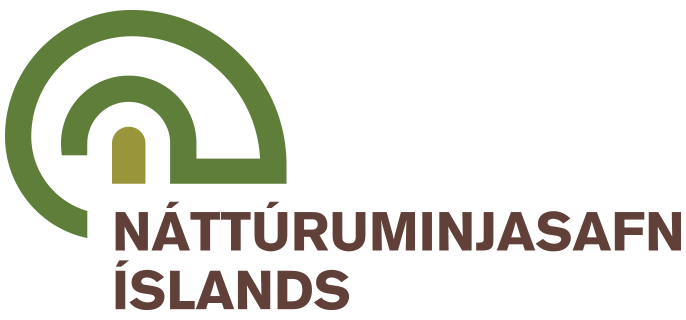|
Vulnerability: least concern Invasive: no Identification: medium Monitoring: difficult |
|
What is it? The northern minke whale, also called common minke whale, or simply minke whale in the North Atlantic, is the second smallest species of whale after the pygmy right whale. In the North Atlantic, minke whales measure between 6 and 7.15 meters. Their bodies are long and slender compared to their size, as is common in rorquals. These whales have dark upper-parts, and white under parts, with a white spot on the small pectoral fins. The dorsal fin is small, sickle shaped, and very curved and pointed. |
|
Where is it? Northern minke whales are found in ice free waters everywhere in the northern hemisphere, except for seas such as the Baltic or the Mediterranean. They are common in the ice free fjords of Svalbard and western and southern Greenland, and all around Iceland, the Faroes, and coastal Norway.
|
|
Interesting facts |
- In Iceland, the population of minke whales has decreased by a factor of four from 2001 to 2009. It is believed that climate change has caused their primary prey to move northward, meaning that their population also moved to the North.
- Minke whales are small and move fast. When they come up to breath, it is very often it is only possible to see only their dorsal fin, and only once or twice before they dive again. This makes them harder to observe than other whales such as humpbacks, and it is difficult to identify individuals without specific characteristics such as scars.
Pictures
- Cover picture: "Minke whale 1" by Len2040 is licensed under CC BY-ND 2.0
- Presentation picture: "Minke Whale" by jtweedie1976 is licensed under CC BY 2.0
References
- Hauksson, E.; Víkingsson, G. A.; Halldorsson, S. D.; Olafsdottir, D.; Sigurjónsson, J. (2011). "Preliminary report on biological parameters for NA minke whales in Icelandic waters". Report of the International Whaling Commission. 63: 1–45.
- Víkingsson, G. A., Pike, D. G., Valdimarsson, H., Schleimer, A., Gunnlaugsson, T., Silva, T., Elvarsson, B. P., Mikkelsen, B., Øien, N., Desportes, G., Bogason, V., & Hammond, P. S. (2015). Distribution, abundance, and feeding ecology of baleen whales in Icelandic waters: Have recent environmental changes had an effect? Frontiers in Ecology and Evolution, 3(FEB), 6. https://doi.org/10.3389/FEVO.2015.00006/ABSTRACT
- https://www.spitsbergen-svalbard.com/spitsbergen-information/wildlife/minke-whale.html
- https://visitgreenland.com/wildlife-in-greenland/whales/#minke_whale
